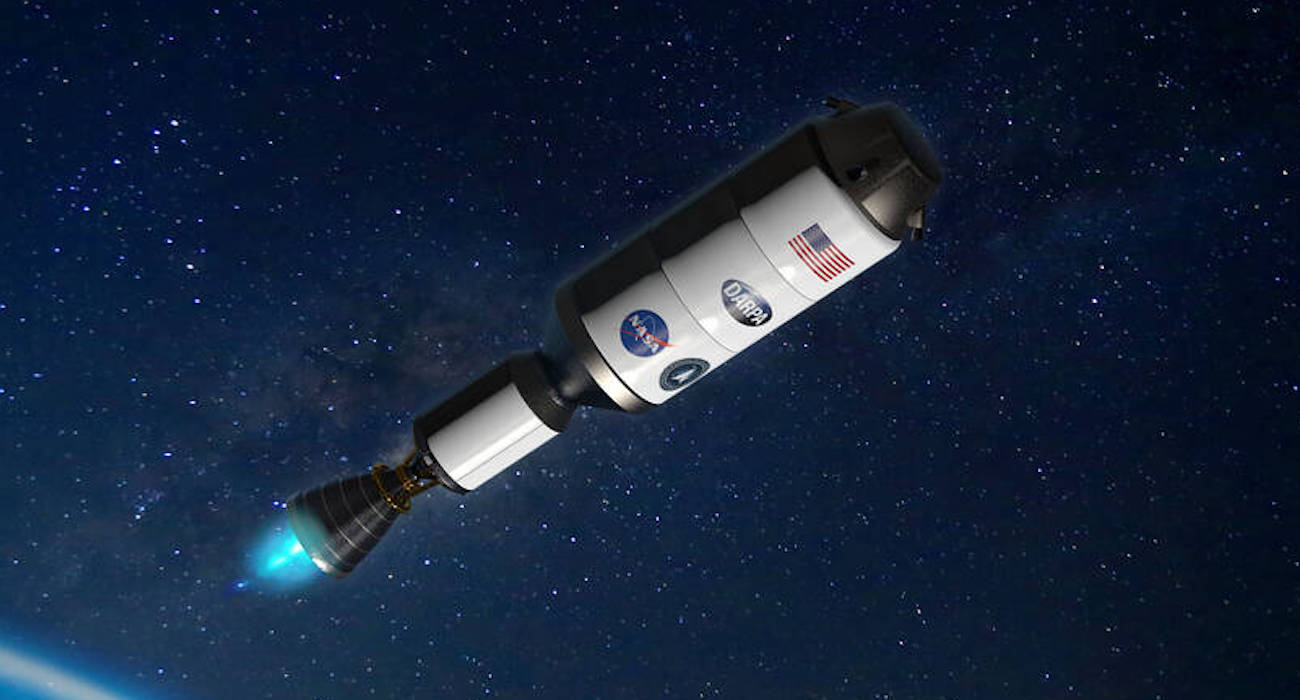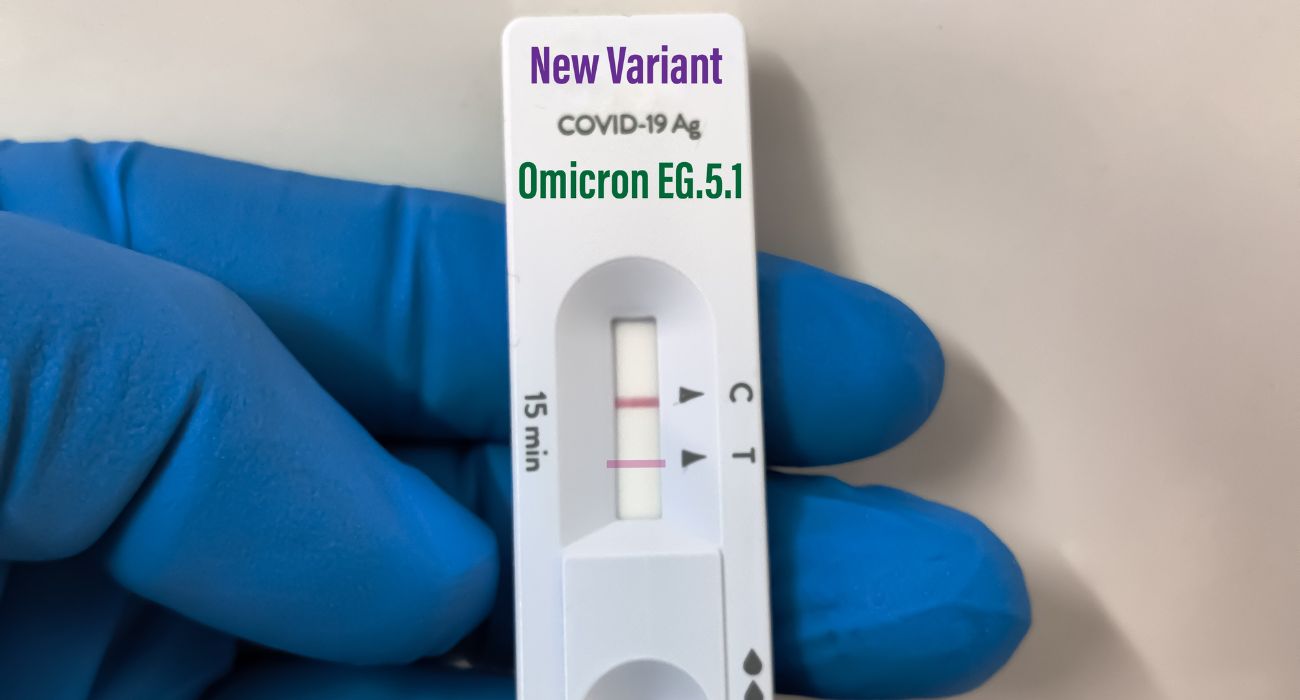NASA and the Defense Advanced Research Projects Agency revealed more information on a new nuclear-propelled rocket that is in development, which officials hope to use in a manned mission to Mars.
The two agencies originally announced in January that they had planned to test such a rocket. The program behind the endeavor was dubbed the Demonstration Rocket for Agile Cislunar Operations (DRACO).
The plan is to use a nuclear reactor to produce rocket thrust. Officials claim that such a method of propulsion would be 10,000 times greater than electric propulsion and far more efficient than the in-space chemical propulsion used by conventional rockets.
Officials intend to test the reactor in space, noting that the new propulsion method would be critical to a successful manned mission to Mars.
“Nuclear propulsion is a key capability on NASA’s roadmap to send astronauts to Mars. A nuclear-powered rocket would enable faster trips to the Red Planet, making missions less complex and safer for crew,” said NASA in a press release. “This type of engine requires significantly less propellant than chemical rockets, so missions would be able to carry additional scientific equipment.”
The rocket will be constructed in partnership with Lockheed Martin and BWX Technologies, the latter of which will build the rocket’s fission reactor.
NASA and Defense Advanced Research Projects Agency (DARPA) held a teleconference on July 26, during which officials discussed the latest developments.
Dr. Tabitha Dodson, program manager for the DRACO program, said that she is confident that the program will be achievable on schedule and that nuclear thermal reactors that have been constructed so far are now ready for flight.
“We have seen that a nuclear thermal rocket is possible to build. Performance was demonstrated, measured, and achievable on the ground,” said Dodson. “We have the confidence in our selected industry team and in this technology that the DRACO program can be done and sent to space for [an] in-space demo in 2027.”
Dodson said that she hopes that nuclear propulsion technology will continue to advance and that more advanced space operations can be conducted in the future.
Joe Miller, president of BWXT Advanced Technologies — a subsidiary of BWX Technologies — said that he and the rest of his organization were excited about the prospect of using nuclear propulsion for projects beyond Mars.
“Those missions span all of space, through Leo, to the Cislunar volume, and onto Mars and beyond,” said Miller. “Being the nuclear reactor provider for that is very important to us, and so bringing our resources to bear throughout the NASA nuclear thermal propulsion contract and now with DARPA, DRACO is an important strategic capability that we’ve been developing.”






